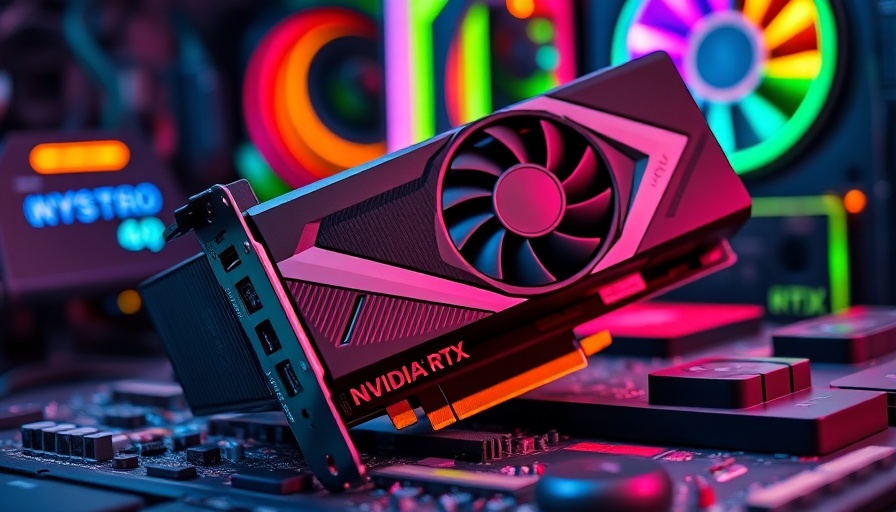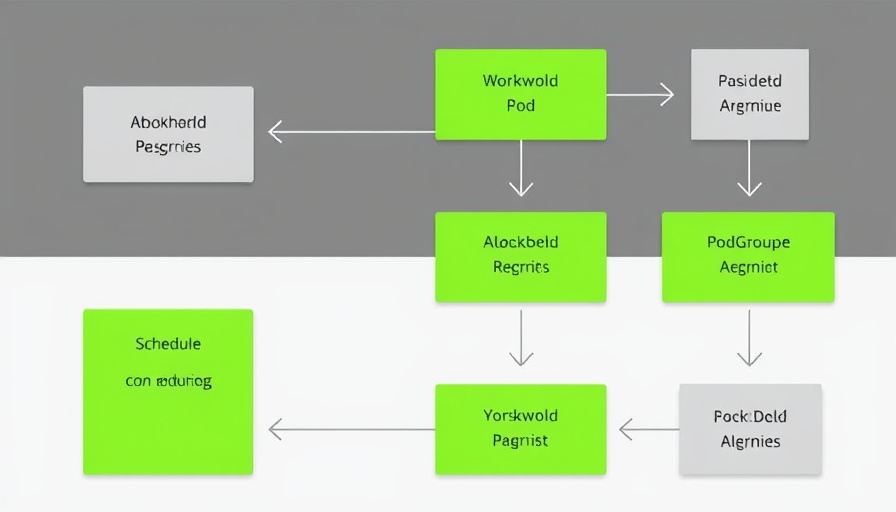
NVIDIA's Driver Troubles: An Overview of the RTX 40 Series Quagmire
In the world of gaming and professional graphics applications, NVIDIA has long been revered for its groundbreaking technology, particularly with the RTX 40 series of GPUs. However, reports have emerged indicating that the latest Game Ready Driver (572.XX) has been malfunctioning and creating significant chaos for owners of these products. From crashes to black screens, the issues are not only frustrating gamers but also impacting their ability to use these high-end graphics cards effectively.
Driver Inconsistencies: A Rising Concern Among Gamers
Many users are experiencing a range of issues directly attributed to the 572.XX driver update. This includes hard crashes and black screens, problems rarely seen with earlier driver versions like 566.XX. Users shared their experiences on forums, illustrating that the problems began following the release of the RTX 50 series drivers that, while optimized for next-gen GPUs, left the 40 series unaddressed in terms of bugs and stability. This phenomenon mirrors a common industry trend where older products often suffer post-release updates designed to enhance the latest models.
Common Culprits: The Nature of the Issues
Feedback from various users highlights frequent complaints about the driver causing systems to crash when playing popular titles such as Cyberpunk 2077. One user reported crashes upon startup, which were only resolved by reverting to the previous driver. Such persistent issues persist across various RTX 40 models, leading us to consider important questions about NVIDIA's support and prioritization for older hardware in light of newer product launches.
The Industry Response: Where is NVIDIA?
Despite numerous reports and requests for fixes from affected users, NVIDIA has been slow to react. Many users feel ignored, as NVIDIA has focused on resolving blue screen errors (BSOD) on the RTX 50 series instead of extending similar attention to the 40 series drivers. This raises important concerns: Are older users being sidelined in favor of sales and support for new models? It appears the shift in focus is frustrating loyal users whose high-performance cards are now underperforming due to faulty updates.
Future Predictions: Implications for NVIDIA and Users
As we look ahead, the tech community watches closely to see how NVIDIA will handle this driver debacle. With a significant base of users relying on the RTX 40 series for both gaming and professional graphics, resolving these issues swiftly is crucial. Should NVIDIA fail to adequately address these problems, it risks alienating a sizeable portion of its customer base who have heavily invested in their technology.
Actions Users Can Take in the Face of Driver Issues
For those experiencing difficulties, rolling back to previous driver versions like 566.XX may provide a temporary solution while waiting for NVIDIA to release a stable fix. However, this decision comes at a cost—users may miss out on enhancements specifically designed for the RTX 50 series. Navigating this dilemma calls for patience and possibly innovation among gamers, including seeking support and updates from community forums and tech hubs.
Conclusion: Maintaining Vigilance with NVIDIA Drivers
In the ever-evolving landscape of GPU technology, users must remain vigilant. The issues with NVIDIA's 572.XX drivers serve as a reminder of the delicate balance between cutting-edge technology and reliable user experience. As an affected user, it's important to voice your experiences and stay tuned to possible updates regarding fixes. Keeping discussions alive not only highlights the problems but also pushes for accountability and better service from tech giants like NVIDIA. Users are encouraged to monitor forums and social media for real-time updates and shared experiences from fellow RTX owners. Stay informed and engaged, for the health of your gaming experience may depend on it.
 Add Row
Add Row  Add
Add 




 Add Row
Add Row  Add
Add 

Write A Comment